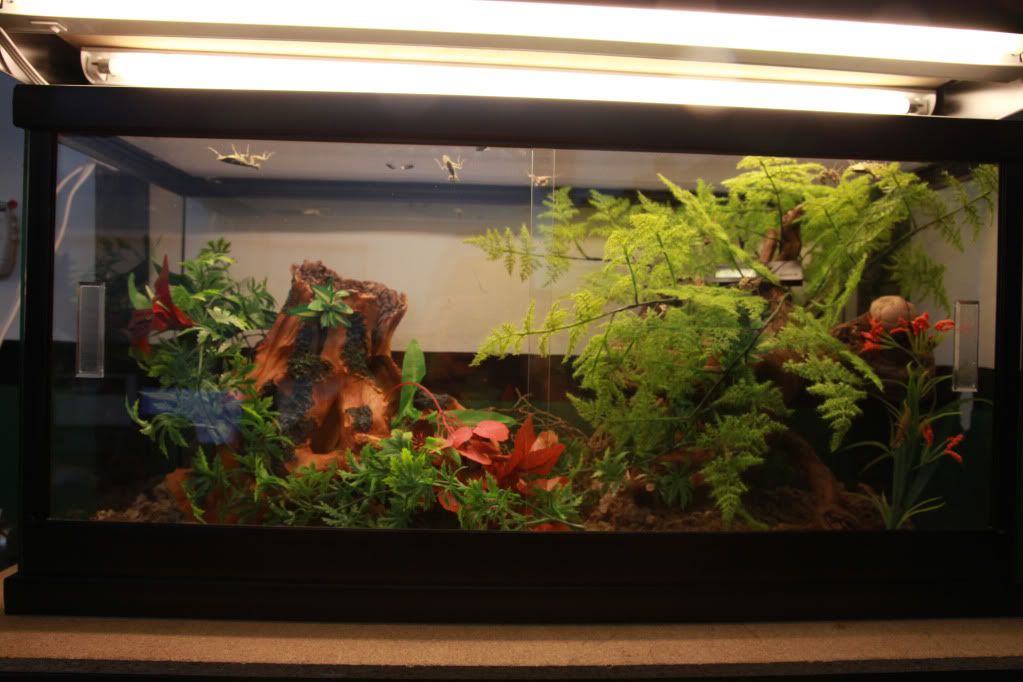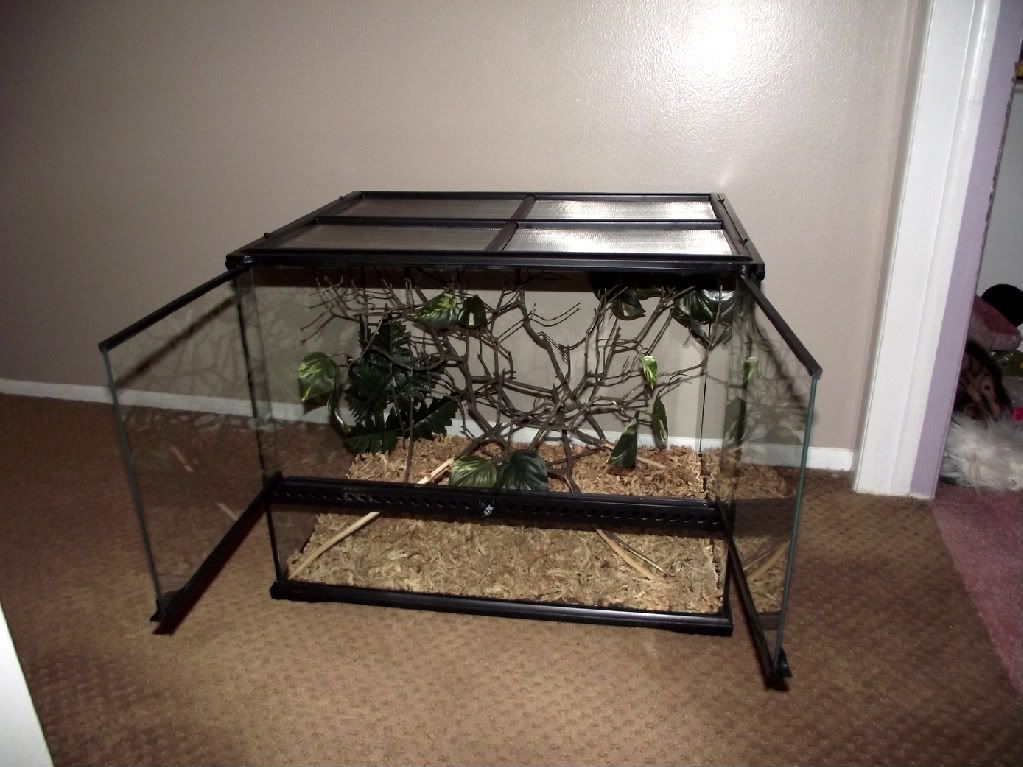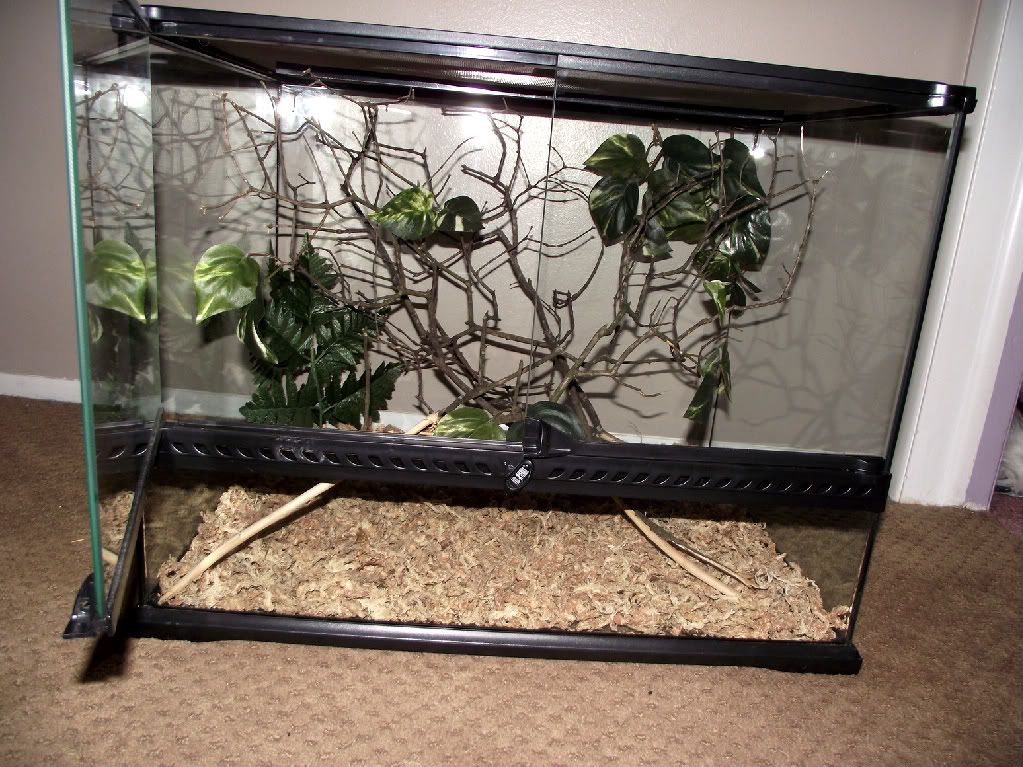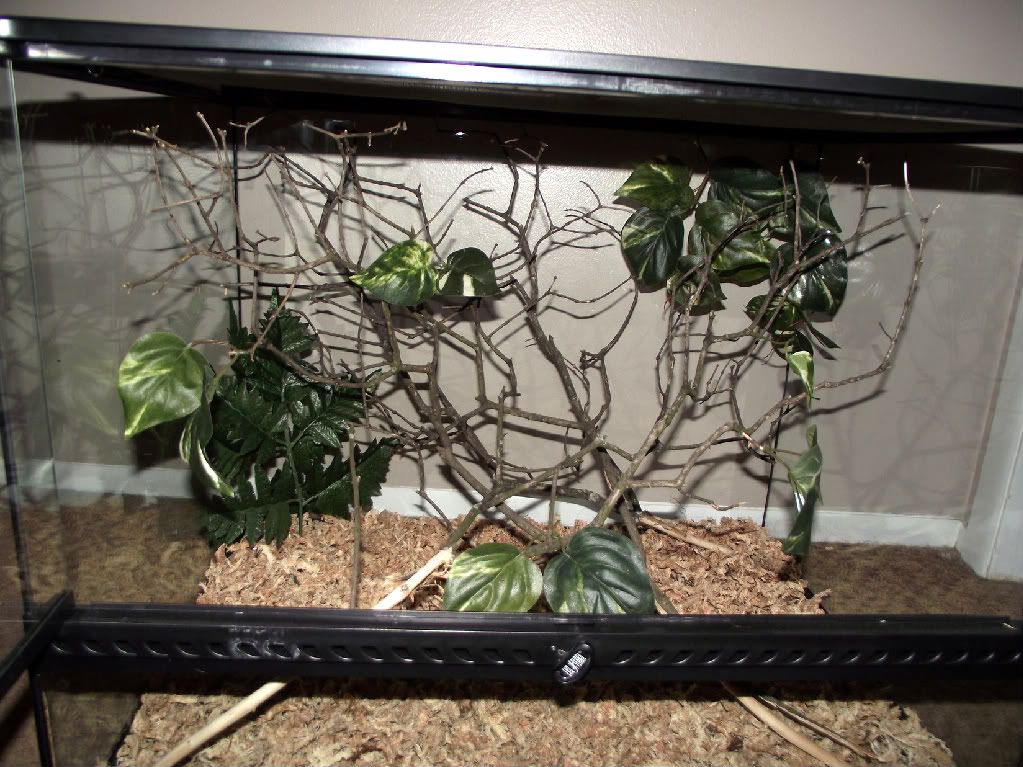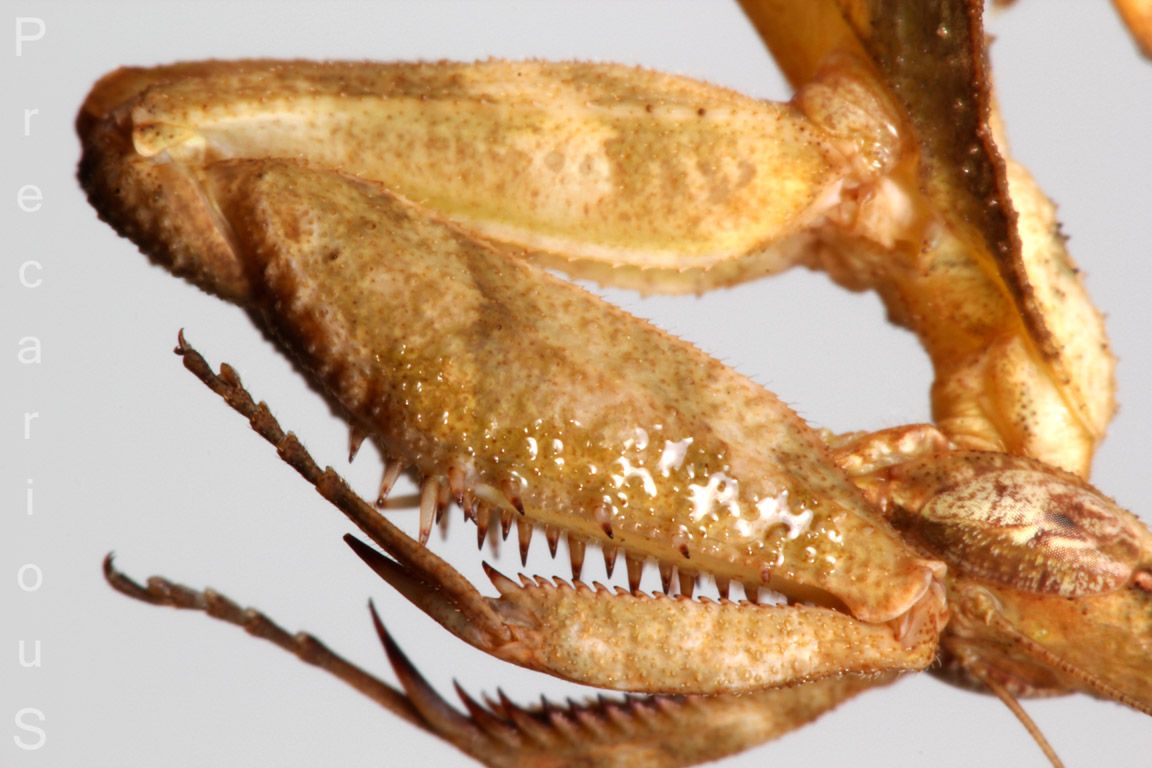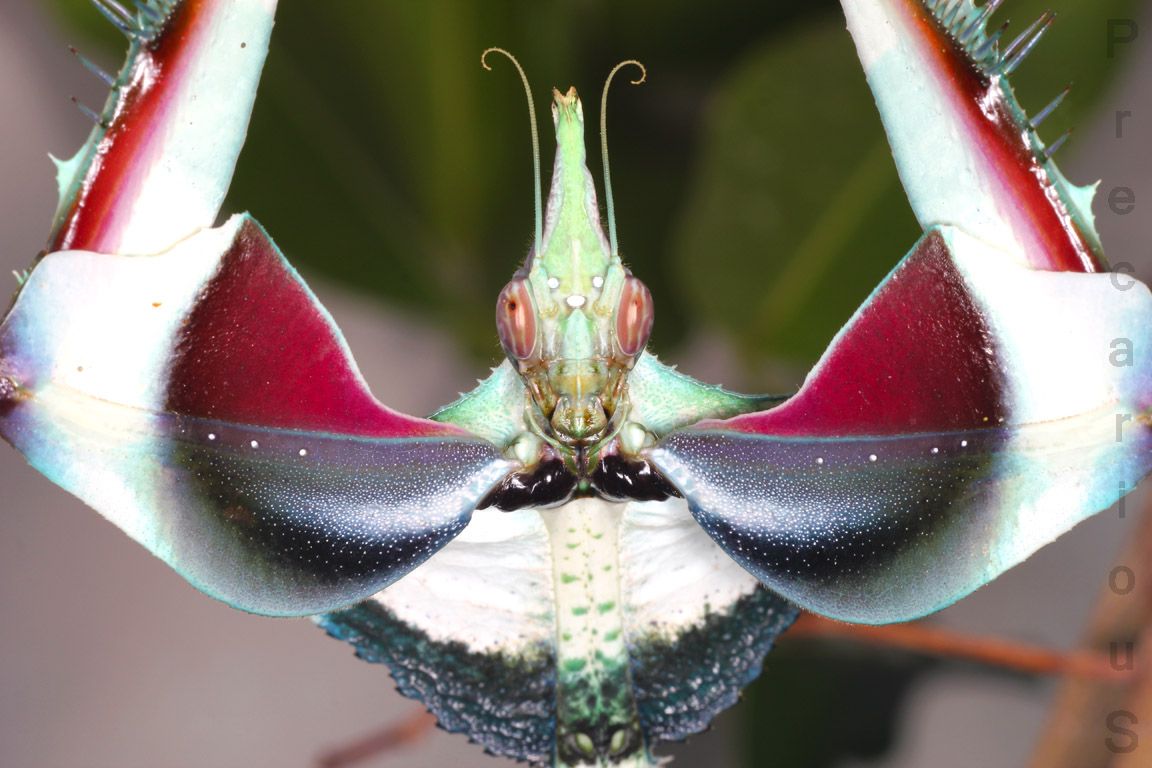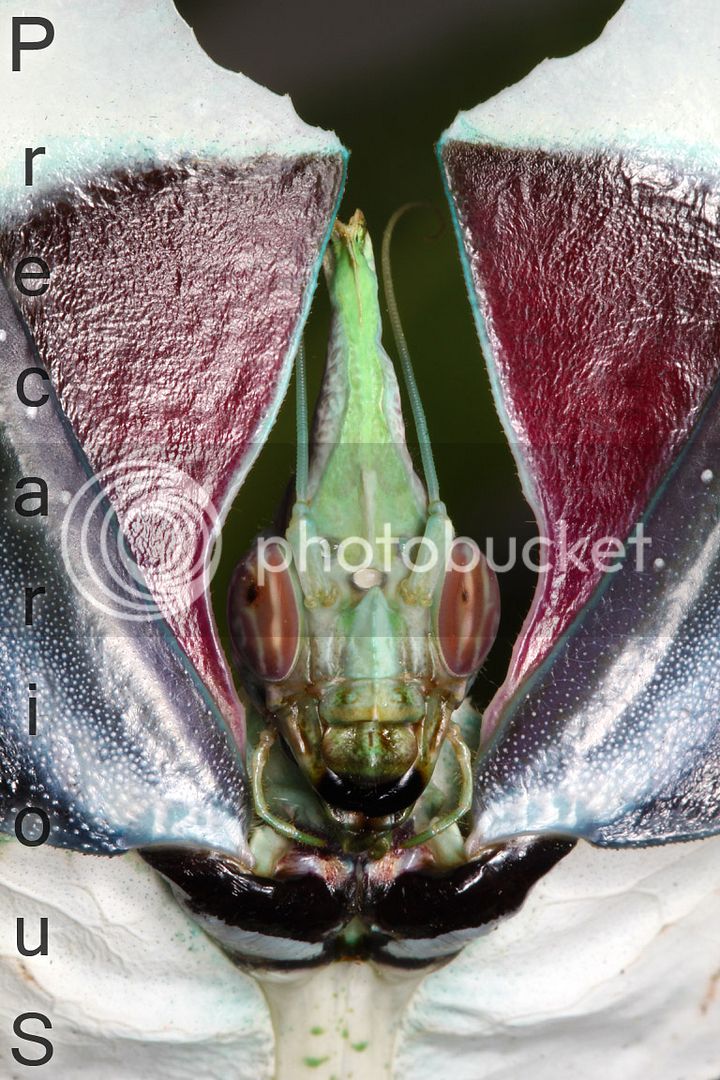sporeworld
Well-known member
Hey, all!
I'm going to (try to) post what I have from all my notes on Idolomantis diabolica. I hope we can put this towards a difinitive Idolomantis diabolica Caresheet. So much is opinion & reports... and debatable... and desperate for citations. Maybe we can yell it out here, add pictures and evidence and structure, and get this to a digestable form (or format) we can be proud to show.
Pound away at it, and collectively, maybe we'll get these critters firmly into culture in the US.
Good luck!
I'm going to (try to) post what I have from all my notes on Idolomantis diabolica. I hope we can put this towards a difinitive Idolomantis diabolica Caresheet. So much is opinion & reports... and debatable... and desperate for citations. Maybe we can yell it out here, add pictures and evidence and structure, and get this to a digestable form (or format) we can be proud to show.
Pound away at it, and collectively, maybe we'll get these critters firmly into culture in the US.
Good luck!













































